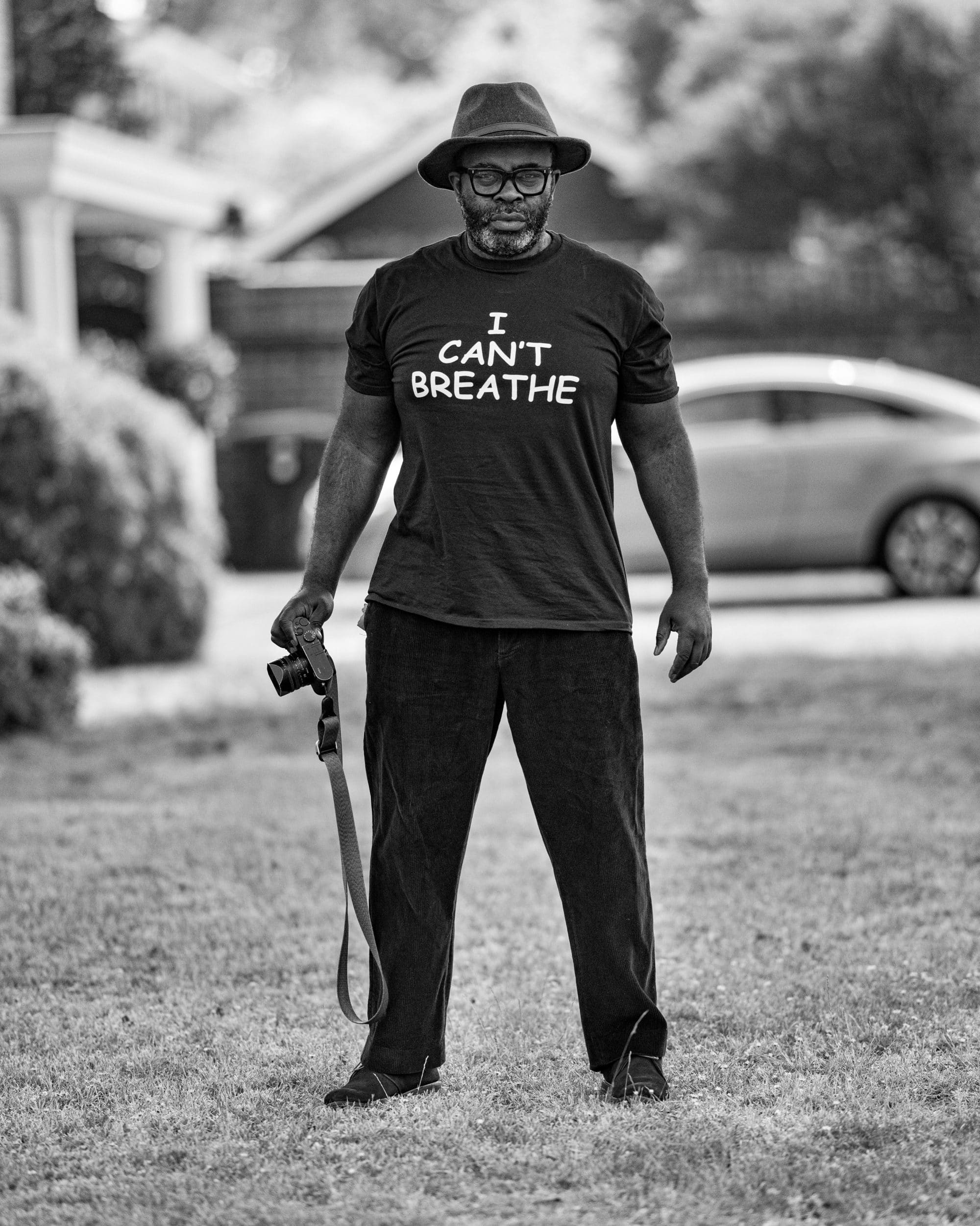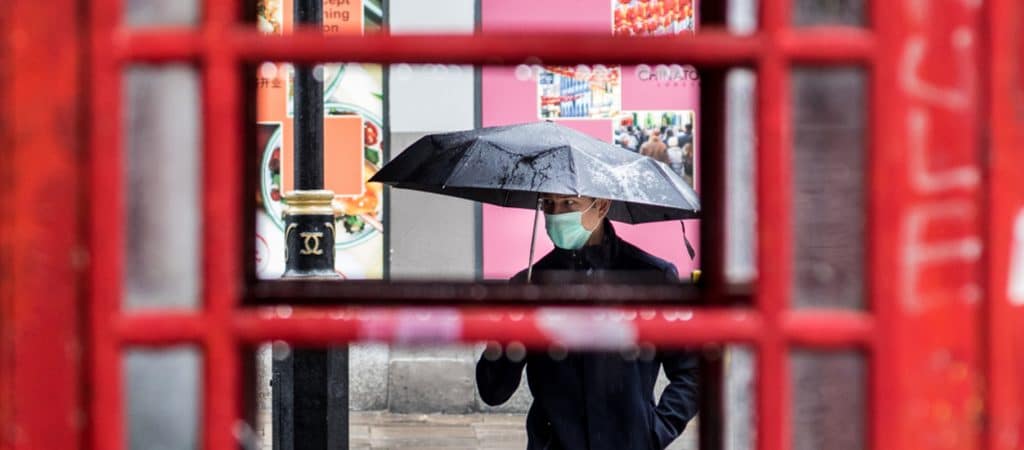What he saw was England U21 hockey player, Darcy Bourne, with her hand painted ‘Why is ending racism a debate?’ sign amidst the Black Lives Matter protests. The photo went viral, shared by a number of influential figures including Martin Luther King III, Dina Asher- Smith and Lewis Hamilton, becoming one of the most shared Civil Rights pictures in history.
“As a photographer you know when there’s something special. I saw the sign and the intensity in her eyes so I politely asked if she could stand on the street facing me. As I pressed the shutter somebody behind her punched their fist into the air in solidarity which was just the icing on the cake. The question itself is why it’s so powerful. Why is ending racism still a debate is a question that sounds so simple but, frankly speaking, many people are ashamed that it still needs to be asked.”
One of the influential figures sharing the image is the man Misan credits with changing his life. Edward Enninful, editor of British Vogue, saw Misan’s protest images, describing them as ‘era-defining’, and provided the self-taught photographer the opportunity to make history as the first black man to shoot a cover of the century-old magazine.
“At that point I didn’t even know I was the first anything. I had to focus on continuing to breathe out of the shock. I had been waiting for this kind of opportunity my whole life so I had to get to it to avoid disappointing this man who put so much trust in me and that’s exactly what I did.”
The September issue, based around voices of hope, saw Misan photograph an army of activists, including cover stars Adwoa Aboah, founder of the Gurls Talk project which gives women a safe space to discuss feminist issues, and Marcus Rashford, the Premier League footballer, who is an ambassador for the charity FareShare and who has challenged the Government to provide free school meals for disadvantaged children during the pandemic. For Misan it was all about portraying empathy.
“You hope the world feels what you felt when you’re in that moment, photographing these extraordinary people who treat others the way they would treat a family member. If I captured just 1% of who I feel they are, I think people are going to love it, and the rest, as they say, is history.”
THERE’S A POETRY TO THE GROUNDS THAT FEW SCHOOLS STILL HAVE.
Misan’s journey is far from conventional. Born into a wealthy Nigerian family, he and his brothers were all privately educated at different schools, something he does not shy away from. What made Bradfield the right fit for him?
“A big part of why I have fond memories is the people. There was less of a sense of entitlement with Bradfield pupils, the school didn’t promote that kind of behaviour. I also loved the Music and Arts and the Greek Theatre,” he says, struggling to stifle amusement as he remembers playing one of Big Jule’s Minders in Guys and Dolls. “There’s also a poetry to the grounds that few schools still have and I love the fact Richard Adams went there; Watership Down is right up there with my favourites.”






